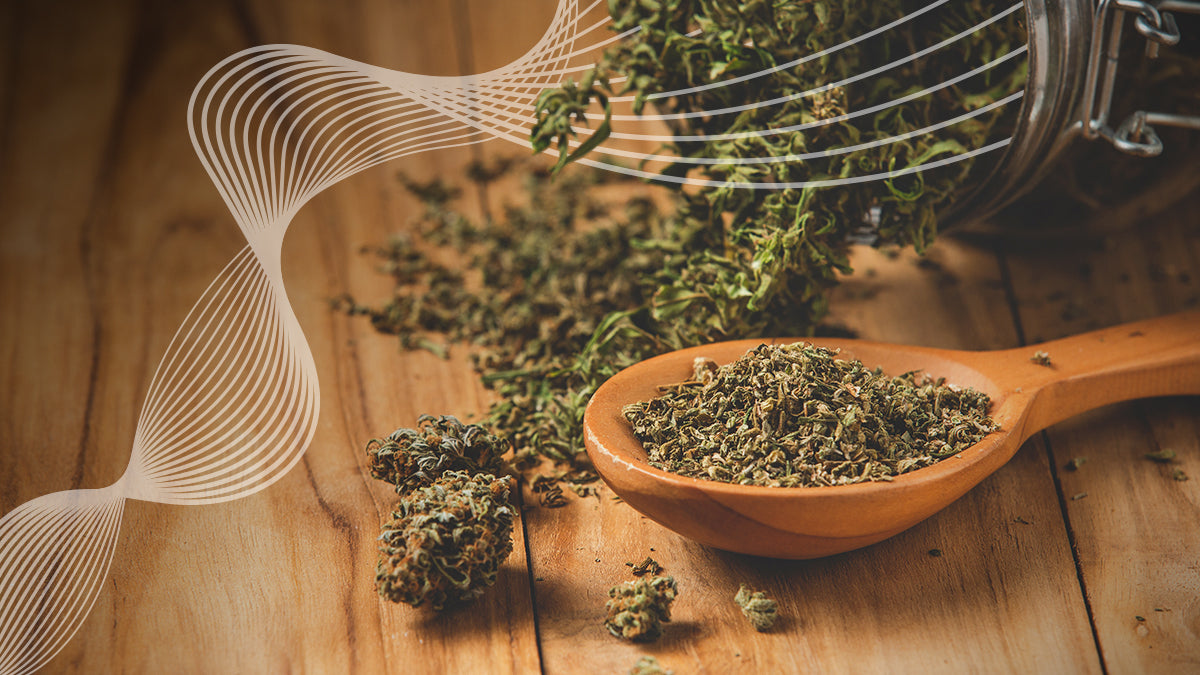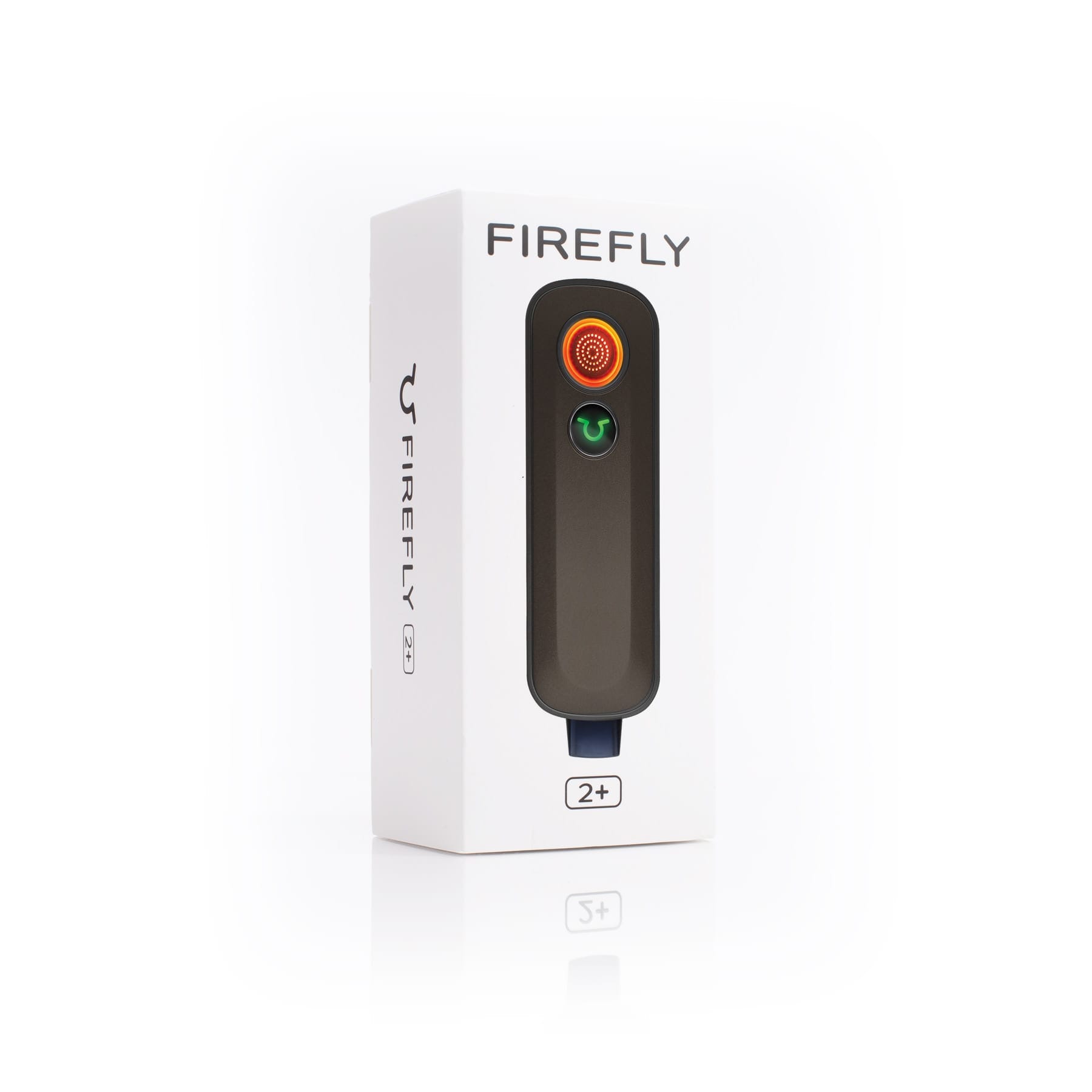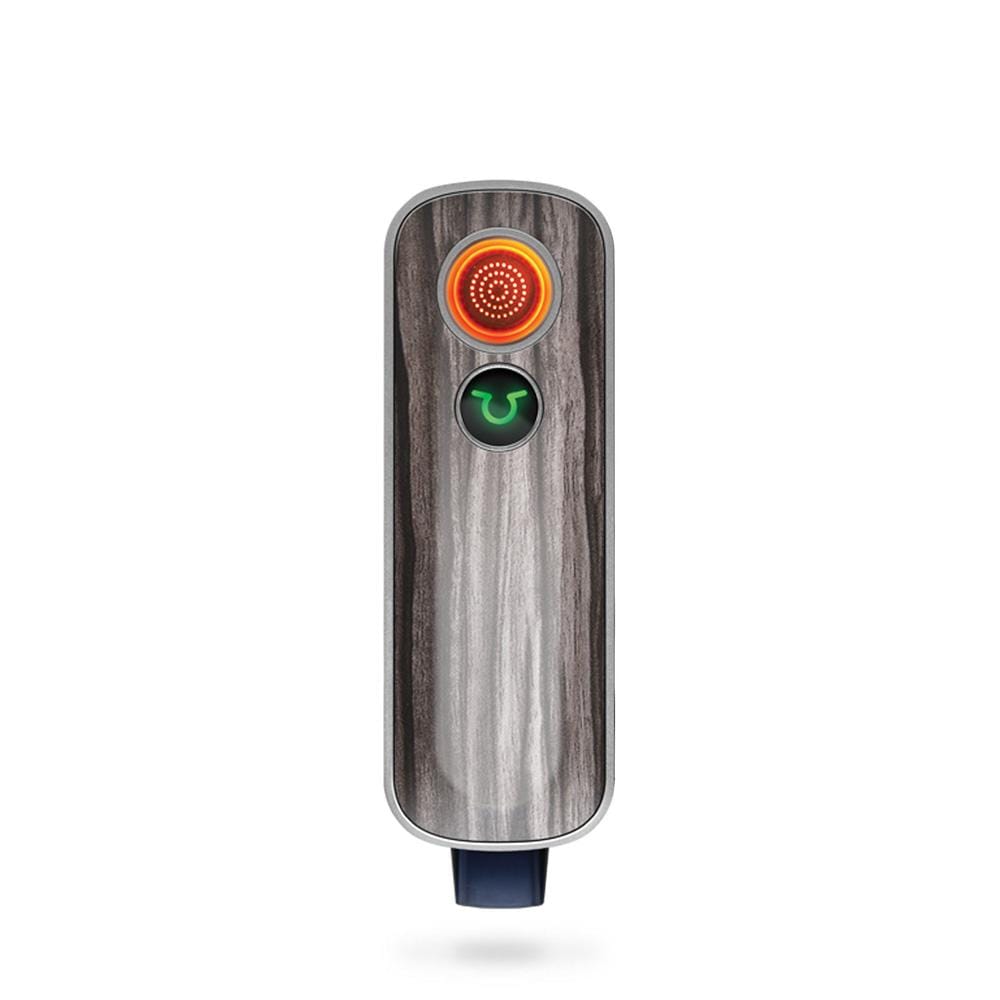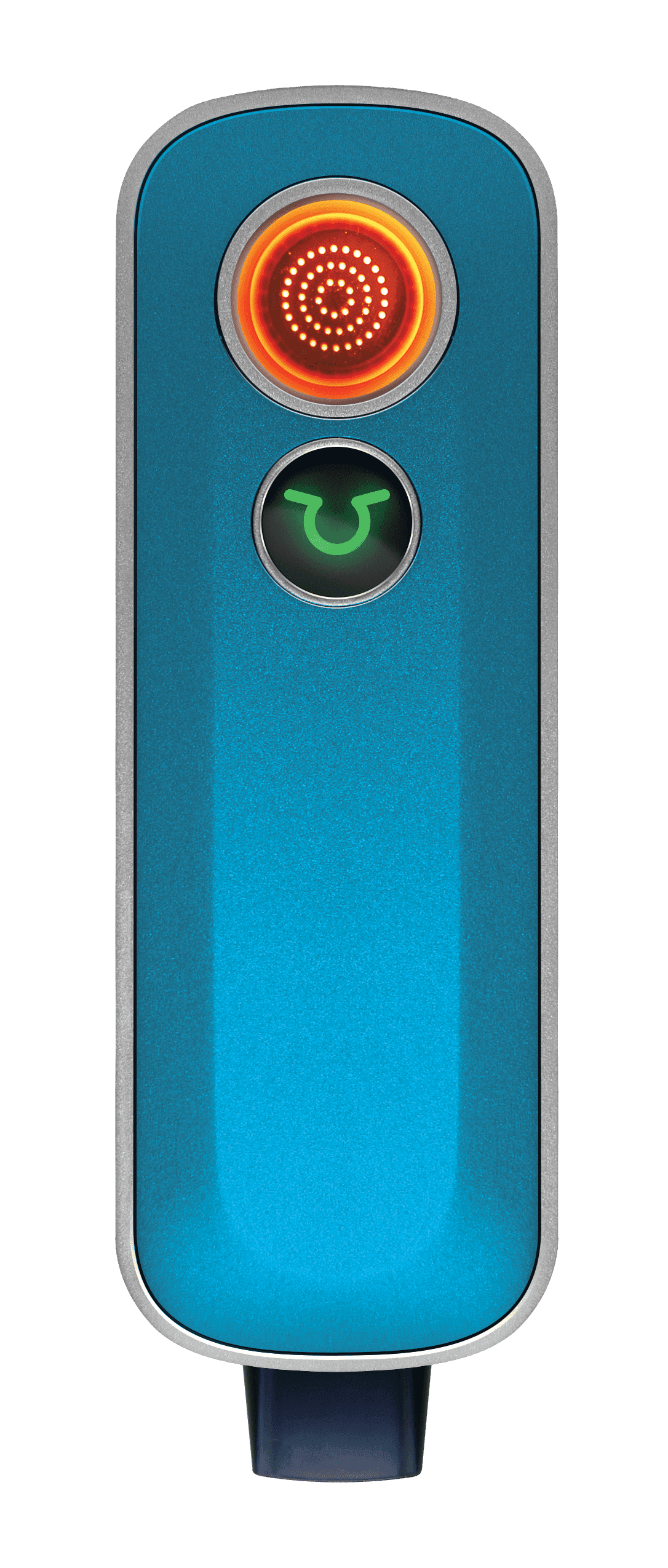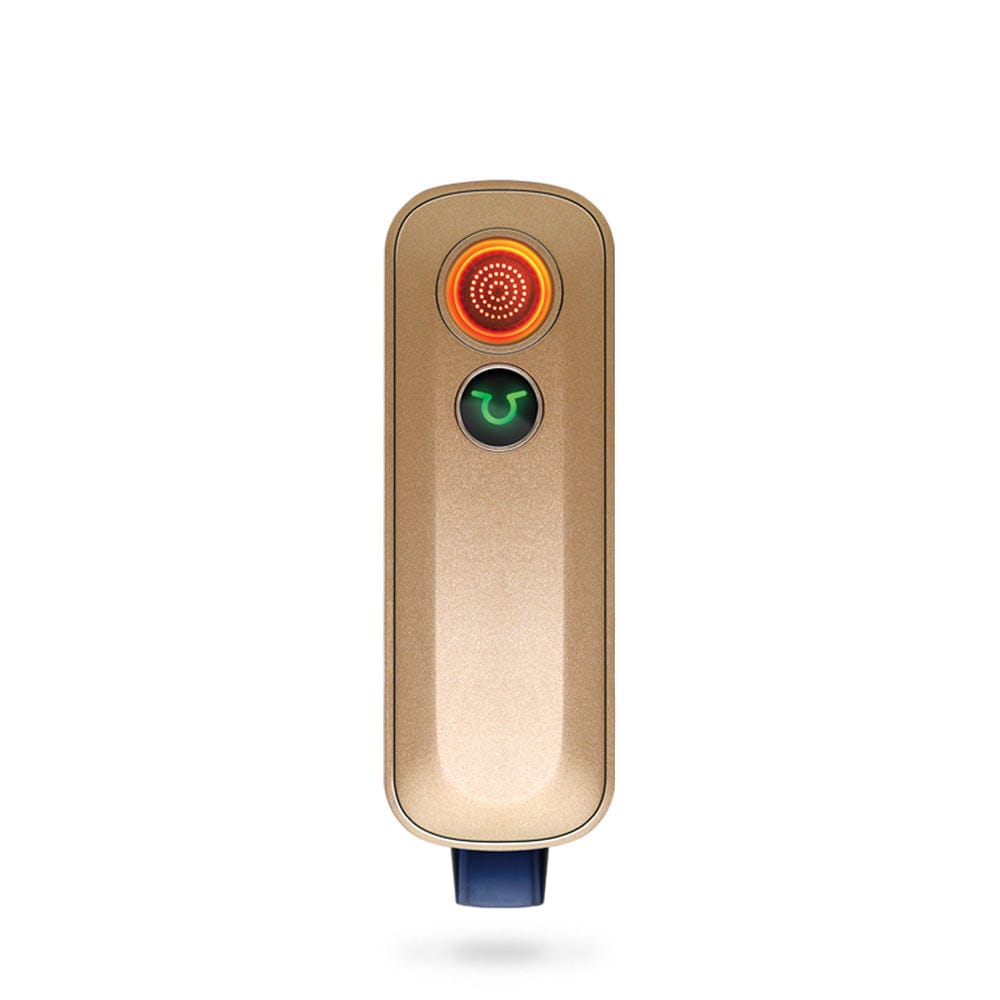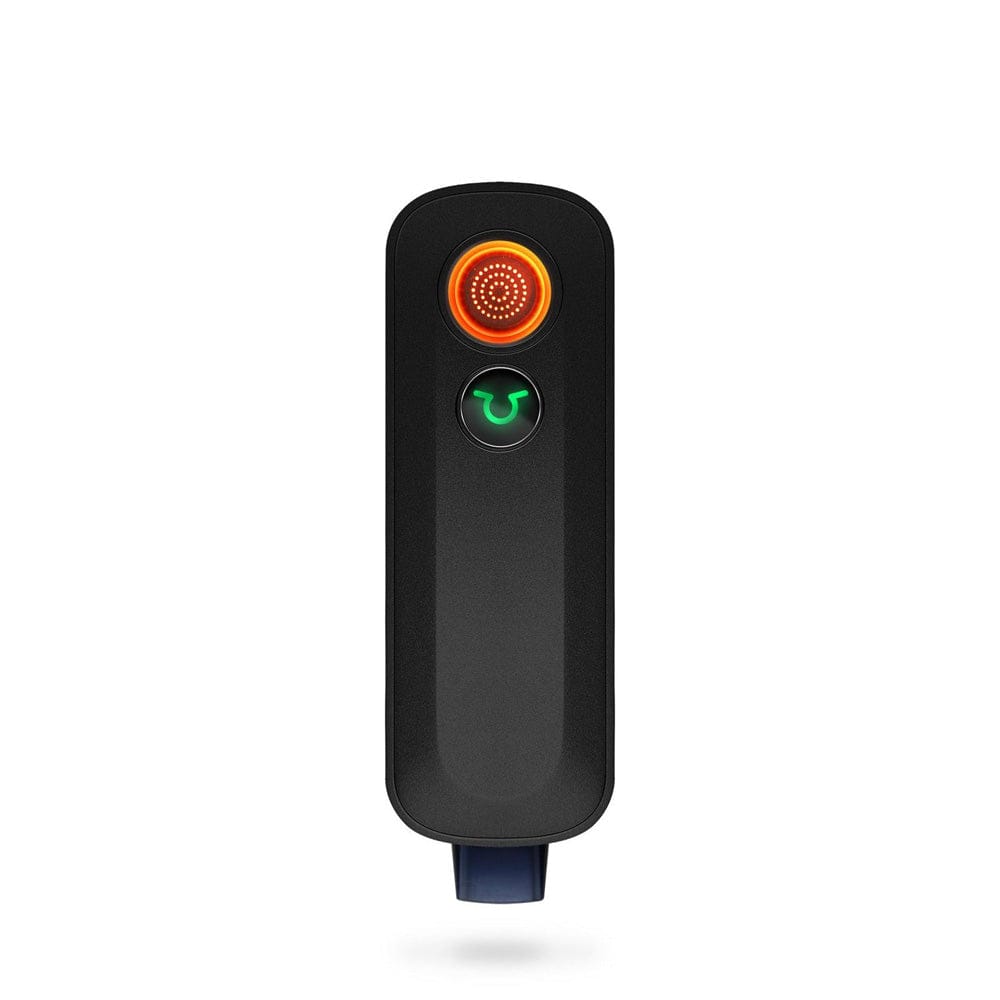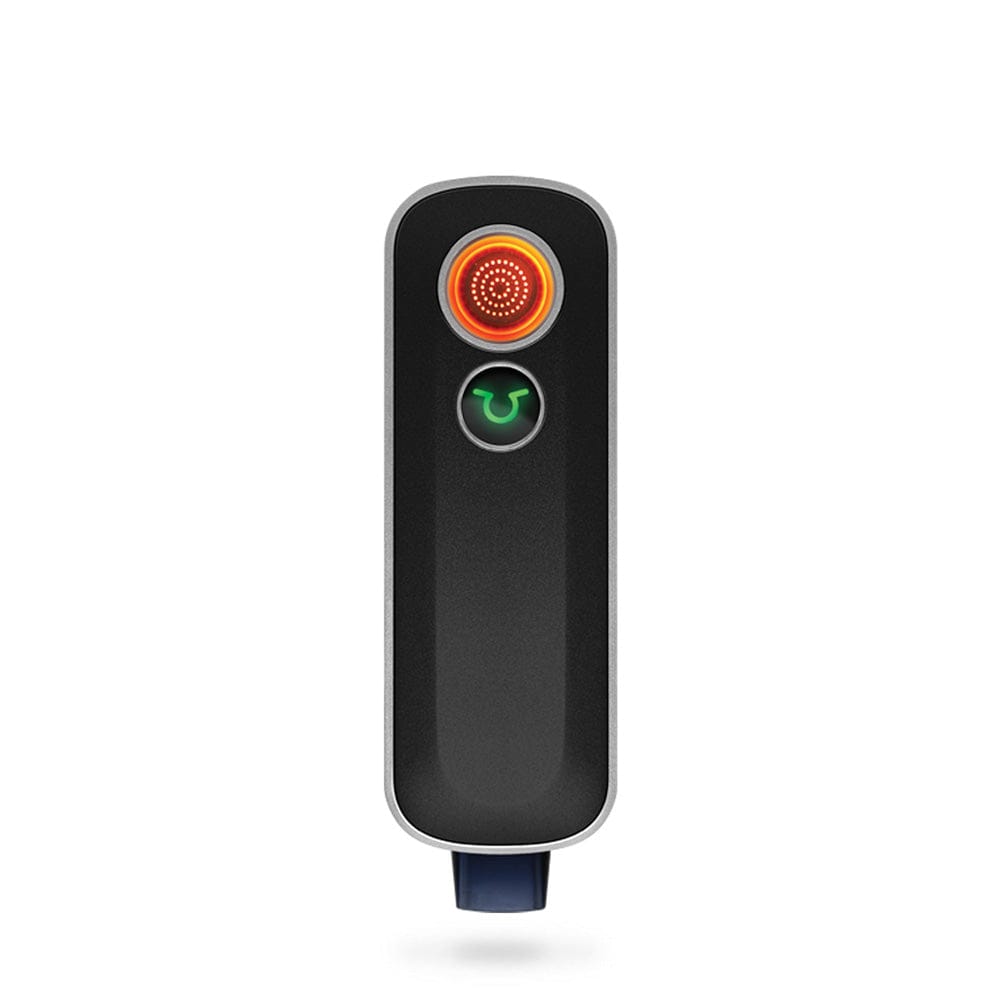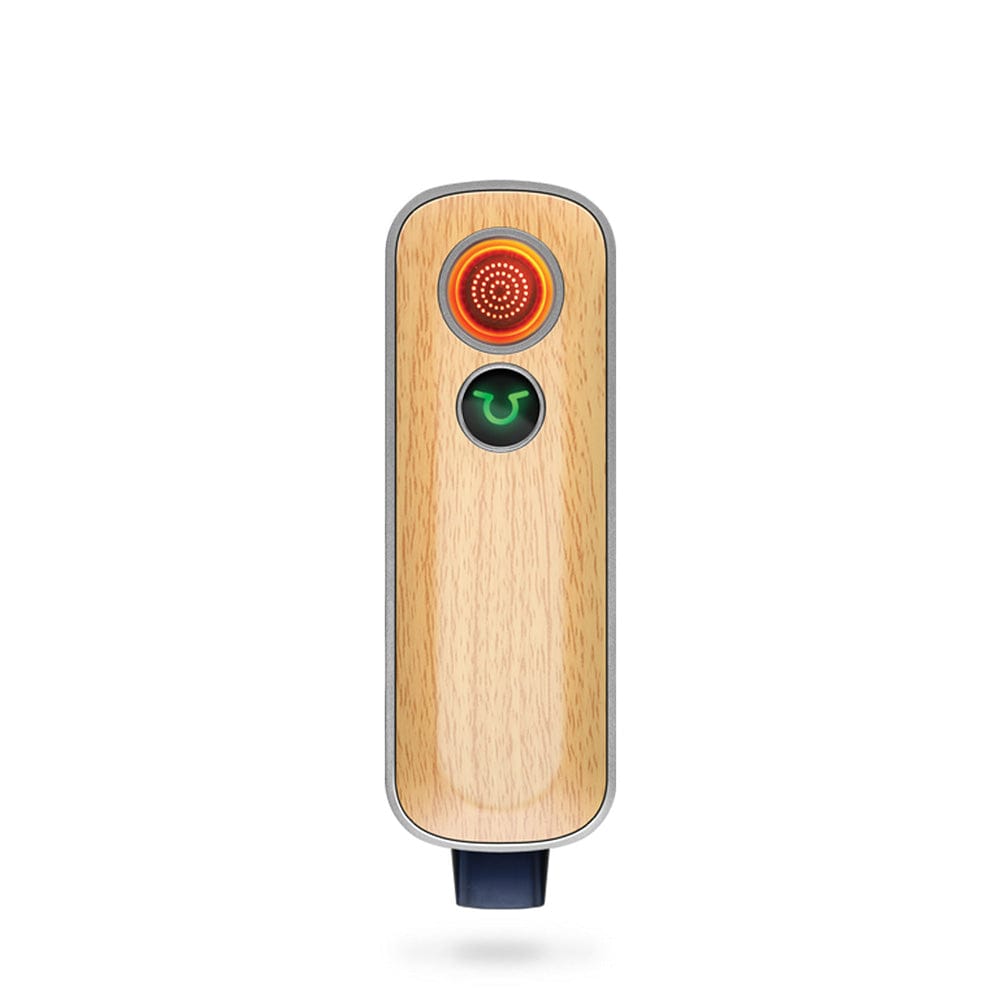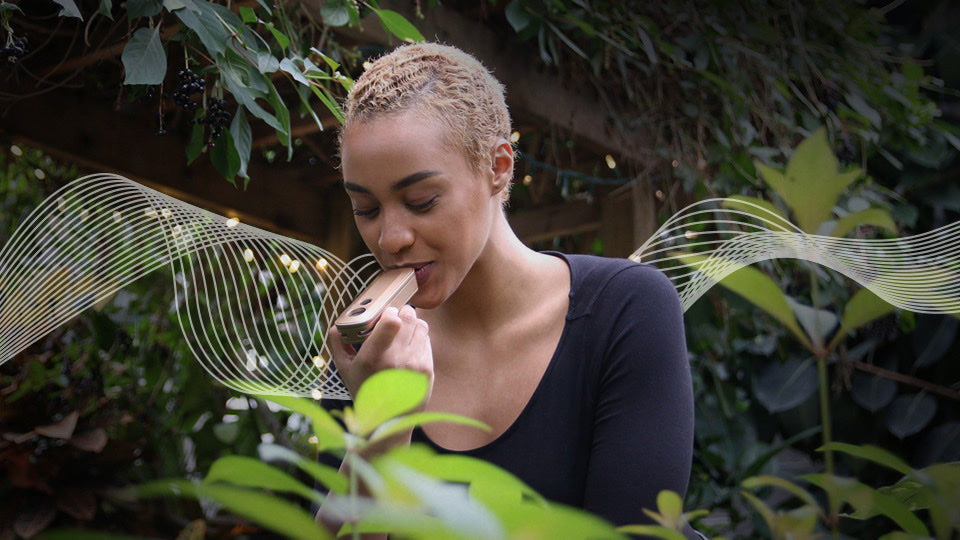Vaping dry herbs, especially weed, has grown in popularity among former smokers and vapers alike. For traditional e-juice enthusiasts, vaping weed offers a more authentic experience with dry herbs. For traditional smokers, vaping offers a more accessible, less messy, and more discrete experience. Vaping dry herbs are here to stay.

Of course, there's more to the story than just vaping weed. Beginners will quickly learn that the process is nuanced, and different temperatures provide very different vaping experiences, even with the same kind of dry herb being used. Is there an optimal temperature for vaping weed, and if so, what is the best heat setting?
We tackle these questions and more in the article below. You'll learn about what to expect from vaping weed at different temperatures, why different temperatures provide different vaping experiences and the best devices for precision heat control.
What's the Best Temperature for Vaping Weed?

Many users want to know what’s the best temp to vape weed? It’s a hard question to answer. Why? Because every consumer has their own unique sweet spot that they prefer, just like it is the case with individual taste and desired effects.
Since the temperature directly affects how flavorful a hit may be, and the type of effects it will deliver, it’s essential to find the best temp to vape weed for your unique preferences. To help, it’s best to know that the standard range of temperatures is 320°F (160°C) to 450 (230°C).
To learn more about the best temp to vape weed in that range, here’s a breakdown of their distinct characteristics:
320°F (160°C) – 360°F (180°C): A light effect on the mental state and high levels of flavor.
360°F (180°C) – 390°F (200°C): Noticeable effects on the body and optimal levels of flavor.
390°F (200°C) – 450°F (230°C): Very strong effects on the body and low levels of flavor.
Note: the temperature ranges provided are estimates which can vary depending on the nature of your specific bud. Fresh weed that is still moist may not vaporize according to these estimates because moisture is still present. If you want to target certain cannabinoids or terpenes precisely, it's best to make sure your weed is completely dry.

Vaping Temperature Chart
Are you looking for an easy reference for cannabinoid and terpene boiling points? Take a look below! You'll find the most prominent cannabinoids and terpenes found in weed and when you can expect them to make an appearance in your vapor!
Remember, not all strains have all cannabinoids or terpenes, and these temperatures are estimates. Dryer weed will follow these estimates more closely, so if accuracy is a priority, make sure you let your weed properly dry before vaping.
Temperature Guide for Cannabinoids
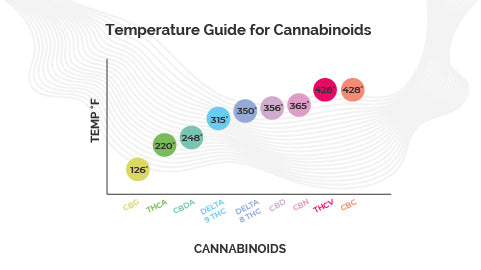
Temperature Guide for Terpenes

Source: National Library of Medicine, Leafly, and Steep Hill
Dry Herb Vaporizers with the Most Accurate Temperature Control
If you've already started shopping for dry herb vaporizers, you've likely noticed that they essentially all have some measure of temperature control. While this will allow you to alter the heat settings from low to high, it is not guaranteed that the temperature is correct.
Not all vaporizers are equal, and this is especially true for dry herb vaporizers. Certain styles of vapes are just better at providing precision heating control. While you're shopping, look for the following characteristics:
- Convection heating (not conduction. Conduction vapes heat dry herb unevenly, so it's impossible to accurately target specific cannabinoids and terpenes.)
- Digital display of set temperature, either on the device or through a connected app
- Sold directly from the manufacturer (or is a trusted brand from a reliable retailer)
If your vaporizer has these qualities, then it likely is going to provide an accurate temperature reading. If you're serious about precision heating control to target specific terpenes and cannabinoids, then we recommend starting with the Firefly 2+.

It uses advanced dynamic convection technology, pairs with a computer or phone for precision heat settings, and is sold by Firefly, a leading premium brand in the vaping world.
Specific Cannabis Compounds, Their Boiling Points, and Effects
As you get more experienced with vaping weed (or if you are vaping weed for specific medicinal purposes), you may be interested in targeting particular cannabinoids and terpenes when you vape. Below, you'll find an easy reference of what cannabis compounds to expect depending on what temperature you vape at:
Cannabinoids and Terpenes at 246 - 319F (119 - 159C)
You'll vaporize cannabidiolic acid (CBDa), Tetrahydrocannabinolic acid (THCa), and cannabigerol (CBG). None of these cannabinoids are psychoactive (so you won't get a traditional high), but they can treat inflammation, depression, anxiety, and nausea. Early research suggests CBG may treat a variety of health conditions, similar to CBD.
As for terpenes, beta-Caryophyllene is the most prevalent terpene you'll activate at this low temperature. It is reported to have pain-relieving and anti-inflammatory properties potentially. If you need to vape all day to manage pain or anxiety, this is a great temperature to choose. You'll experience little to no high at this range.
Cannabinoids and Terpenes at 320 - 350F (160 - 177C)
THC and CBD will begin to boil at this temperature. The CBD will provide more potent anti-inflammatory and anti-anxiety, and depression benefits, while the THC will give the typical high marijuana. You'll also start to feel more potent pain-relieving and anti-nausea qualities in this range.
You'll start to activate cannabichromene (CBC). It is the second most common cannabinoid found in weed, coming in behind THC. While more abundant, it's not as potent as a standalone cannabinoid like CBD is, but the two share similar properties (including anti-inflammatory benefits and depression and anxiety regulation).
This temperature won't give you the full strength of these cannabinoids. Instead, it will provide you with just a little taste of the experience they provide. As you move to higher temperatures, your vapor will have a much higher concentration of cannabinoids and terpenes. This is especially true for THC, CBD, and CBC, which entirely release at much higher temperatures.
You'll also activate several more terpenes when vaping within this temperature range, including alpha-pinene, beta-myrcene, and limonene. Their effects vary, depending on their specific concentrations within one particular strain, but they include stress relief, anti-anxiety, euphoria, and relaxation.
Cannabinoids and Terpenes at 351 - 400F (177 - 204C)
Along with higher CBD, THC, and CBC concentrations, you'll start to pick up on cannabinol (CBN). This cannabinoid has a potent sedation effect, so it may be a great choice to target if you have trouble falling asleep or staying asleep. Research also suggests cannabinol may be effective at treating and preventing certain kinds of cancer.
Not only will you get a more potent hit of the other terpenes previously mentioned, but you'll also start to activate linalool. Linalool may be an excellent choice for treating depression or anxiety. If lower vaping temperatures aren't producing the desired effect you want, then cranking it up to activate linalool might be a great choice.
Cannabinoids and Terpenes at 401 - 430F (205 - 221C)
You're not only going to get a taste of all the cannabinoids present, but you will get a quick and potent extraction from your weed. That means a single hit at this temperature will be far more powerful than even several hits at some of the earlier, cooler temperatures.
The cannabinoids with the highest boiling points will finally make their full appearance. Tetrahydrocannabivarin (THCv) and CBC will be at their strongest in this temperature range. THCv can help prevent panic attacks and act as an appetite suppressant, helping counteract the munchies associated with other cannabinoids.
Along with the other terpenes we've already mentioned, you'll also get total extraction of terpineol, pulegone, and quercetin. Their possible effects range from stronger sedation to anticonvulsants. You're also getting a more potent blast of the other terpenes present, which will help give you the full-spectrum high of the strain you are vaping.
Final Thoughts on the Best Vape Temperatures for Weed
Vaping weed is one of the best ways to enjoy the potent effects of your favorite strains. Remember, not all strains have all cannabinoids and terpenes present or in the same concentrations. Most legal dispensaries will have this information available if you're trying to target a specific cannabis compound, so be sure to ask when you go shopping!
Also, the research on how cannabinoids and terpenes affect the human body is still in the early stages. This means that we're still learning how these compounds affect the body and how different combinations of different compounds can produce other effects. Each person reacts to different cannabinoids and terpenes differently; consider this article a general guide.
Finally, the quality of the vape you choose will dramatically impact your ability to target specific compounds. If you're serious about precision, accurate heat settings that allow for cannabinoids and terpenes to be targeted, then we recommend starting with the Firefly 2+.
It is made with premium materials, features fantastic convection heating technology, and can pair with a computer or smartphone for precision heat control down to a single degree. There's a reason the New York Times described this device as producing vapor "tastier, cooler, and frankly, stronger (than) all of the models we tested." You'll have to experience it yourself to see why!
